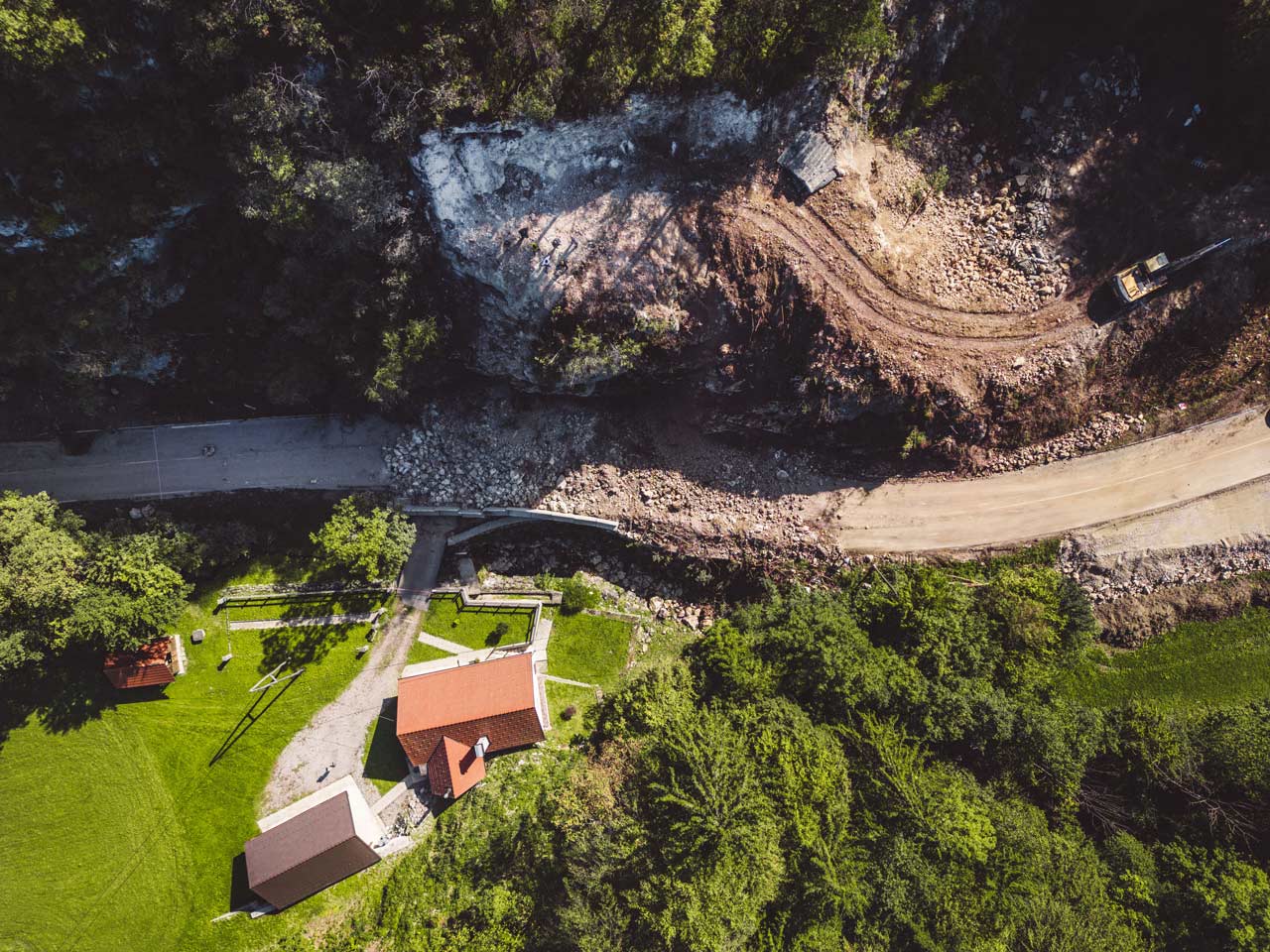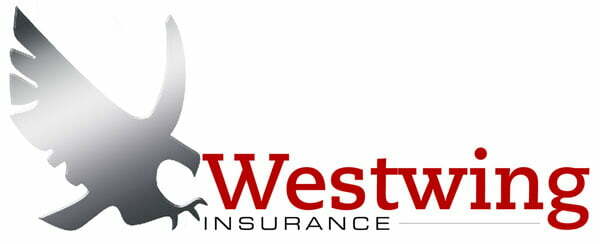
Ultimate Homeowner Guide: What You Need to Know About Landslide Insurance Coverage and Mudflow Protection
Landslides and mudflows pose significant risks to homeowners. This is especially those residing in areas prone to geological instability. That’s why understanding the intricacies of landslide insurance coverage and mudflow protection is essential. You will protect your property and financial well-being.
Luckily, this comprehensive guide explores the various aspects of landslide insurance and mudflow coverage. We’ll look at the role of related policies such as flood and earthquake insurance.
Understanding Landslide Insurance
Landslide insurance provides coverage for property damage and losses resulting from landslides. The landslides mostly occur when masses of rock, earth, or debris move downhill.
You need special coverage for landslide events. Because homeowner’s insurance policies typically exclude landslides and other natural calamities.
Exploring the Basics of Landslide Insurance
Landslide insurance policies vary in terms of coverage options, limits, and exclusions. Basic coverage typically includes property damage caused by landslides, including:
- structural damage to homes,
- landscaping, and
- personal belongings.
Additional coverage may be available for expenses related to debris removal, temporary housing, and loss of use.
Types of Coverage for Landslide Events
There are two primary types of landslide insurance coverage: comprehensive coverage and named peril coverage.
Comprehensive coverage provides protection against all types of landslides. They include both natural and man-made causes.
Named peril coverage, on the other hand, only covers landslides caused by specific perils. They must be listed in the policy, such as heavy rainfall or earthquakes.
Key Differences in Landslide Insurance Policies
It’s essential to consider factors such as coverage limits, deductibles, and exclusions.
Policies may vary in terms of:
- the types of landslides covered,
- geographical limitations, and
- eligibility criteria.
Consulting with an insurance agent or specialist can help you understand the nuances of different policies and select the coverage that best suits your needs.
Mudflow Protection in Home Insurance
Mudflows, which occur when water-saturated soil and debris rapidly flow downhill, are often included in standard homeowner’s insurance policies. They are under the category of “water damage.” However, coverage for mudflows may be subject to certain limitations and exclusions. It depends on the policy terms and conditions.
Overview of Mudflow Coverage in Home Insurance
Mudflow coverage typically includes protection against property damage caused by mudflows. The coverage includes structural damage, debris removal, and restoration expenses. Homeowners should review their insurance policies carefully to understand the extent of coverage for mudflow events and any applicable deductibles or exclusions.
Comparing Coverage: Flood Insurance vs. Landslide Insurance
There are key differences between the two types of coverage. Flood insurance primarily covers damage caused by overflowing bodies of water, such as rivers or streams. Landslide insurance specifically addresses damage caused by mass movements of soil or debris.
Understanding the Role of Flood Insurance in Landslide Events
In some cases, flood insurance may provide coverage for damage caused by mudflows resulting from heavy rainfall or overflowing bodies of water. However, coverage for landslides themselves is typically excluded under standard flood insurance policies. Homeowners may need to purchase separate landslide insurance or additional endorsements for comprehensive protection against landslide events.
Benefits of Having a Comprehensive Insurance Coverage
Having comprehensive insurance coverage that includes protection against landslides, mudflows, floods, and other natural disasters can provide homeowners with peace of mind. It offers a financial security.
Earthquake Insurance and Mudslide Protection
Earthquake insurance policies may include coverage for damage caused by secondary perils such as mudslides and landslides. However, coverage for these events may be subject to specific policy terms, limits, and exclusions. Homeowners in earthquake-prone areas should carefully review their insurance policies. Ensure you understand the extent of coverage for mudslide and landslide events.
Effectiveness of Earthquake Insurance against Mudslides
Earthquake insurance typically covers damage to structures and personal property caused by ground shaking. It may also extend to secondary perils such as mudslides and landslides triggered by seismic activity. However, coverage for these secondary perils may vary depending on the policy terms and conditions.
Factors to Consider When Including Mudslide Coverage in Earthquake Insurance
Homeowners should evaluate factors such as:
their property’s location,
- geological stability, and
- susceptibility to landslide events.
Working with an insurance professional can help homeowners assess their risk exposure and determine the most appropriate coverage options for their needs.
Parting Shot
Securing comprehensive insurance coverage that includes protection against landslides, mudflows, earthquakes, and other natural disasters is essential for homeowners in landslide-prone areas. By understanding the nuances of landslide insurance policies, mudflow coverage, and related insurance options, homeowners can mitigate risk, protect their properties, and ensure financial stability in the face of potential disasters. Consult with West Wing Insurance and review policy terms. This is a crucial step in selecting the most appropriate coverage for your needs.
Q: What is the difference between mudflows and landslides?
A: Mudflows are fast-moving rivers of mud that occur after heavy rainfall or rapid snowmelt. Landslides involve the movement of rocks, soil, and debris down a slope.
Q: Are mudflows covered by standard homeowners insurance policies?
A: Typically, mudflows are not covered by standard homeowners insurance policies. It’s essential to check your policy or consider additional coverage.
Q: Does flood insurance cover mudflow damage?
A: In most cases, mudflow damage is covered by flood insurance if the mudflow is a result of flooding from external sources like heavy rain or snowmelt.
Q: Should I consider purchasing earthquake insurance for protection against mudflows?
A: Earthquake insurance policies may provide coverage for mudflow damage caused by seismic activity, so it could be wise to consider this additional protection depending on your location.
Q: What is excluded from standard homeowners insurance policies in relation to earth movement?
A: Standard homeowners insurance policies typically exclude coverage for damage caused by earth movement, including landslides, mudflows, erosion, and earthquakes.
Q: How can I insure my property against mudflows if it’s not covered by standard policies?
A: You may need to purchase additional coverage, such as difference in conditions (DIC) insurance or specific mudflow protection, to ensure your property is adequately insured.
Q: What role does the National Flood Insurance Program play in providing coverage for mudflows?
A: The National Flood Insurance Program (NFIP) offers flood insurance coverage. It includes protection against mudflow damage in certain situations.

